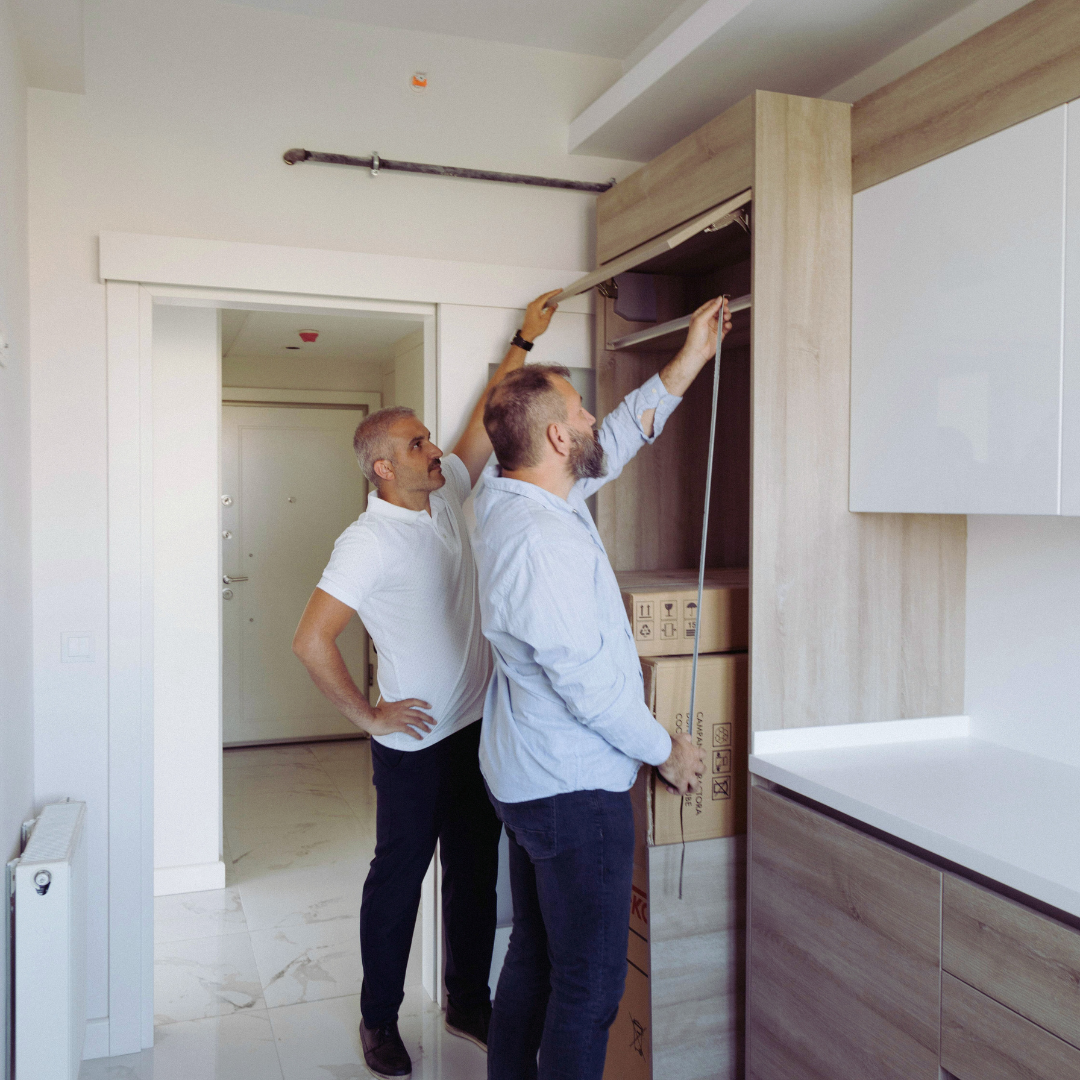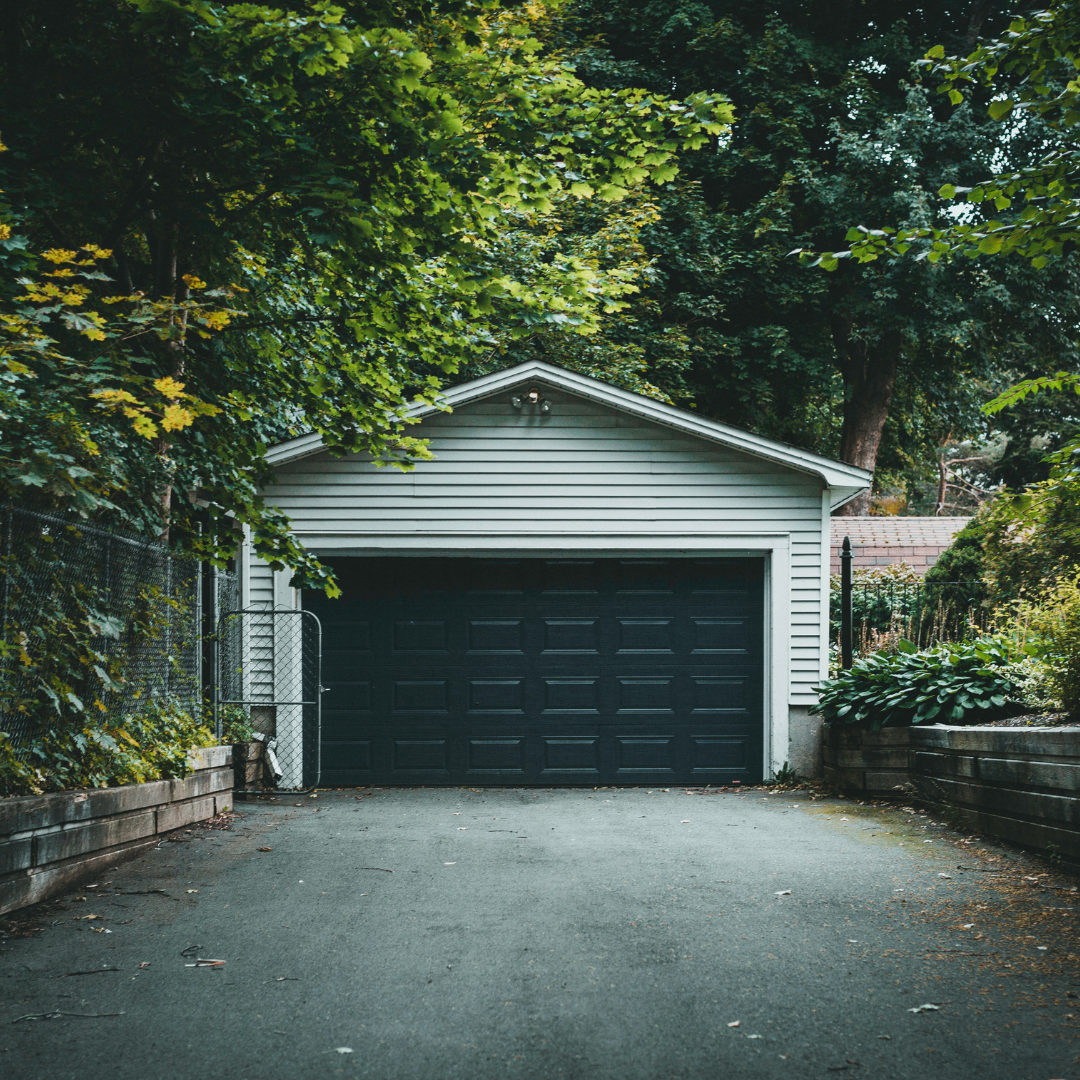Small home upgrades can significantly enhance safety for seniors, providing peace of mind for both them and their families. By implementing straightforward modifications, individuals can create a safer living environment that accommodates the unique needs of aging loved ones. From installing grab bars to optimizing lighting, these improvements can help prevent falls and accidents, ensuring that seniors maintain their independence for longer.
Affordable home improvements can address common safety concerns that arise with aging. Simple measures, like removing tripping hazards or ensuring that essential areas are well-lit, can make a substantial difference in daily living. Adopting these changes not only improves physical safety but also contributes to the overall well-being of seniors.
When considering home safety for seniors, it is crucial to prioritize their specific needs and challenges. Investing in small upgrades can lead to a more secure and comfortable home, ultimately enhancing their quality of life. These adjustments are practical steps that families can take to support their aging relatives effectively.
Fundamental Safety Upgrades for Every Senior Home
Ensuring safety in a senior’s home involves strategic improvements that enhance visibility, provide support, and streamline accessibility. Key upgrades focus on lighting, handrails, and door hardware to prevent injuries and promote independence.
Improving Lighting and Visibility
Adequate lighting is crucial for preventing falls and enhancing overall safety. Seniors often experience reduced vision, making bright, well-placed lighting essential in all areas of the home.
Key considerations include:
- Night Lights: Installing motion-activated night lights in hallways, bedrooms, and bathrooms ensures visibility during nighttime trips.
- Task Lighting: Use brighter bulbs in key areas such as kitchens and reading nooks. Consider adjustable fixtures that can be directed toward work surfaces.
- Avoiding Glare: Use lampshades to diffuse harsh light and reduce glare, which can be disorienting for seniors.
Home safety checklist items:
- Verify all areas have sufficient lighting.
- Check for burnt-out bulbs and replace them promptly.
These measures promote safety by reducing the risk of trips and falls.
Installing Handrails and Grab Bars
Handrails and grab bars provide crucial support for seniors navigating stairs, bathrooms, and other challenging areas. They can significantly reduce the risk of falls.
Installation Tips:
- Stairways: Handrails should be placed on both sides of staircases. Ensure they are securely anchored and made of non-slip material.
- Bathrooms: Grab bars should be installed near toilets and inside bathtubs or shower stalls. They should be sturdy enough to support a senior’s weight.
- Balance Support: Consider adding grab bars at entrances and hallways to assist with balance when entering or leaving rooms.
Important points:
- Regularly inspect the stability of installed handrails and grab bars.
- Make sure they are positioned at an accessible height.
These upgrades enhance mobility and confidence.
Updating Door Handles and Entryways
Lever door handles are a practical upgrade that enhances accessibility for seniors. Unlike traditional knobs, they require less grip strength and are easier to operate.
Considerations for door hardware:
- Lever Handles: Replace existing knobs with lever handles to facilitate easier opening and closing of doors.
- Entryway Accessibility: Ensure entryways are wide enough to accommodate mobility aids. Remove any obstructions that may hinder movement.
- Thresholds: Smooth out thresholds to create level transitions, reducing the risk of tripping.
Home safety checklist items:
- Assess the functionality of all door handles.
- Measure doorways for accessibility improvements.
Implementing these changes promotes safe and independent living.
Enhancing Emergency Preparedness and Fire Safety
Preparing a home for emergencies is vital for seniors. Effective measures can significantly reduce risk, addressing concerns like fear of falling and unresponsive situations.
Smoke Detectors and Fire Prevention
Installing smoke detectors is essential in any home. They should be placed on every level, especially near bedrooms. Battery-operated models ensure functionality during power outages. Regular testing and battery replacement every six months are crucial for operational reliability.
In addition to detectors, having fire extinguishers in easily accessible locations is important. Recommended areas include the kitchen and garage. Seniors should also practice fire safety tips, such as keeping flammable materials away from heat sources and using non-slip mats to prevent slips while escaping.
Setting Up Emergency Response Systems
An emergency response system enhances safety for seniors by providing immediate assistance. These systems often include wearable devices that can be activated to summon help. Features like GPS tracking and automatic fall detection can be beneficial.
Seniors should also keep a list of emergency phone numbers, including family members and local services. This list should be easily accessible, perhaps on the refrigerator or near the phone. Regular discussions about emergency plans can foster confidence in handling various situations, ensuring a proactive approach to safety.
Optimizing Accessibility and Reducing Fall Risk
Making home modifications enhances safety and accessibility for seniors, particularly in critical areas like bathrooms, kitchens, and outdoor spaces. Focused adaptations can significantly lower fall risks and improve daily living experiences.
Modifying Bathrooms and Kitchens
Bathrooms and kitchens often pose significant fall risks. It is essential to install grab bars near toilets and in showers or tubs. These safety aids provide support when moving in and out of these areas.
Considerations for modifications include:
- Lowering countertops: This makes everyday tasks more manageable for those who may be seated.
- Widening doorways: Ensuring doorways accommodate mobility aids enhances accessibility.
- Non-slip mats: Placing these in critical areas can further minimize slipping hazards.
Adequate lighting should be installed both inside and outside these rooms for better visibility during typical activities.
Adapting for Wheelchair Users
To create an accessible home environment for wheelchair users, every detail counts. This includes not only widening entrances but also ensuring hallways allow for open space to navigate comfortably.
Key adjustments involve:
- Installing ramps: Where steps exist, ramps facilitate movement and access.
- Lever handles: Swapping out traditional doorknobs for lever handles on doors reduces the effort needed to open them.
- Lowered light switches and outlets: Placing these within easy reach eliminates strain.
These modifications enable easier navigation and independence while promoting an open living space.
Improving Outdoor Spaces
Outdoor environments should not be overlooked when making safety upgrades. Clear pathways and accessible designs can significantly contribute to a safer experience.
Important features to implement include:
- Handrails: Adding these along staircases and slopes increases safety.
- Smooth, non-slip surfaces: Paving driveways and walkways with materials that provide traction minimizes fall risks.
- Adequate lighting: Installing lighting along pathways increases visibility during evening hours.
These improvements not only promote safety but also encourage outdoor activity, positively impacting physical and mental well-being.
Supporting Health, Independence, and Well-Being
Small home upgrades can significantly enhance safety and comfort for seniors, helping them maintain their independence. Promoting health through physical activity and proper nutrition is crucial, as is ensuring that electrical work is completed safely.
Promoting Balance, Strength, and Physical Activity
Regular physical activity is vital for seniors to prevent injuries such as hip fractures. Simple balance and strength exercises can be integrated into daily routines.
Suggested Activities:
- Walking: Encourages mobility without much strain.
- Yoga: Improves flexibility and balance.
- Resistance Training: Builds muscle strength and supports stability.
Installing grab bars in bathrooms and non-slip mats provides additional support during these activities. Ensuring outdoor pathways are well-lit and clear of obstacles further minimizes the risk of falls.
Encouraging Healthy Eating for Safer Living
Nutrition plays a key role in maintaining health and preventing agitation. A balanced diet supports bone health and overall well-being.
Key Nutrients:
- Calcium: Important for bone strength, found in dairy, leafy greens, and fortified foods.
- Vitamin D: Supports calcium absorption, attainable from sunlight and fortified foods.
- Fiber: Aids digestion and promotes heart health. Important sources include fruits, vegetables, and whole grains.
Creating a meal plan that includes these nutrients helps seniors manage weight and energy levels. Additionally, promoting meal preparation as a part of social interaction can enhance their mental well-being.
Safe Electrical Work and Professional Installations
Electrical safety is paramount in preventing accidents in the home. Poor electrical installations can lead to fires or other hazards, especially in an aging population.
It’s crucial to hire qualified professionals for any electrical work. This ensures that outlets, lighting, and appliances meet safety standards.
Safety Tips:
- Use GFCI outlets in wet areas like kitchens and bathrooms to reduce shock risks.
- Ensure that extension cords are used properly and do not create tripping hazards.
- Regularly check for and replace worn-out or frayed wiring.
By prioritizing safe electrical infrastructure, seniors can rely on their home environment to support their daily activities without fear of injury.





Be the first to reply